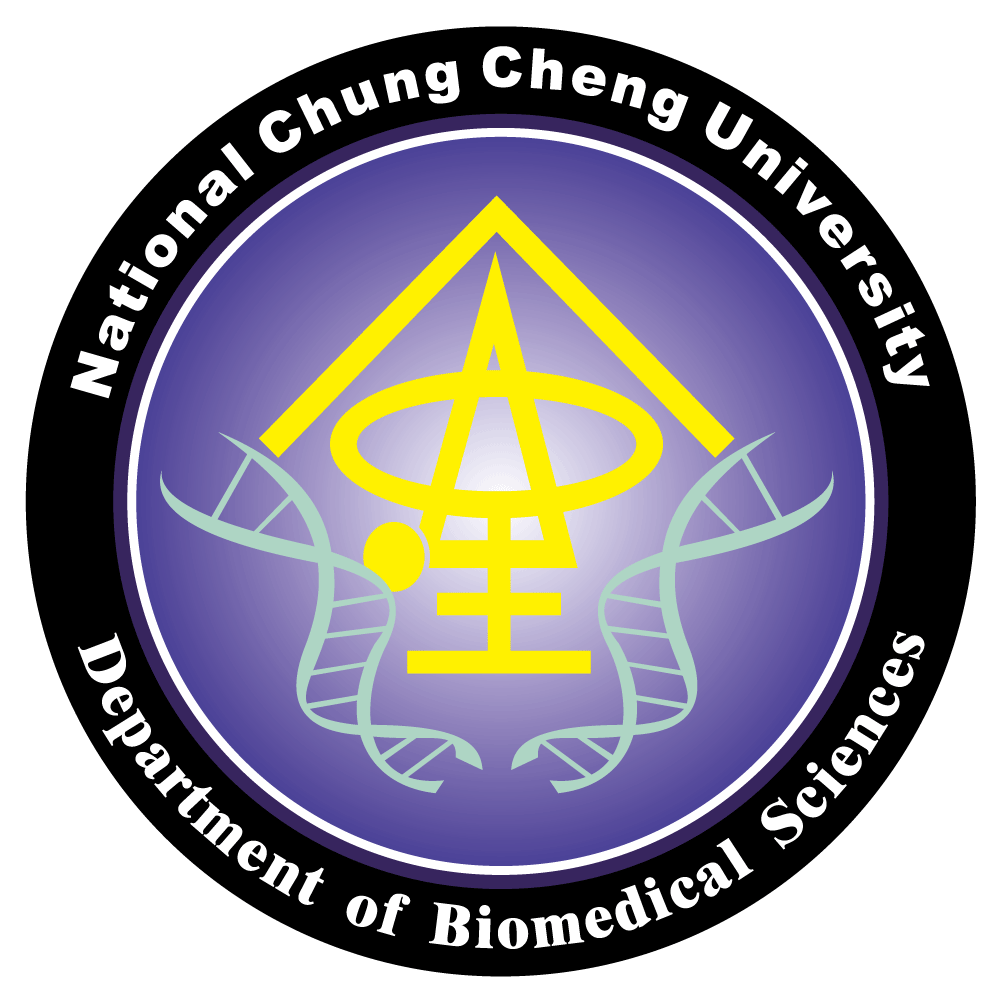

Tel: (05)2720411 ext. Office 66511 Lab 61523
Fax: (05)2722871
Email: biocil@ccu.edu.tw
1992 - 1996年 學士 清華大學化學系
1996 - 1998年 碩士 清華大學化學系
1998 - 1999年 研究助理 中央研究院化學所
1999 - 2005年 博士 美國耶魯大學化學系
2005 - 2007年 博士後研究員 美國馬里蘭大學生物技術研究所
2007 – 2013年 助理教授 國立中正大學生命科學系
2013 – 2017 年 副教授 國立中正大學生命科學系
2017 – 2019 年 副教授 國立中正大學生物醫學科學系
2019 迄今 教授 國立中正大學生物醫學科學系
2021 – 2024年 教授兼系主任 國立中正大學生物醫學科學系
Teaching award at National Chung Cheng University 國立中正大學教學優良獎
Young scholar award at National Chung Cheng University 國立中正大學青年學者獎